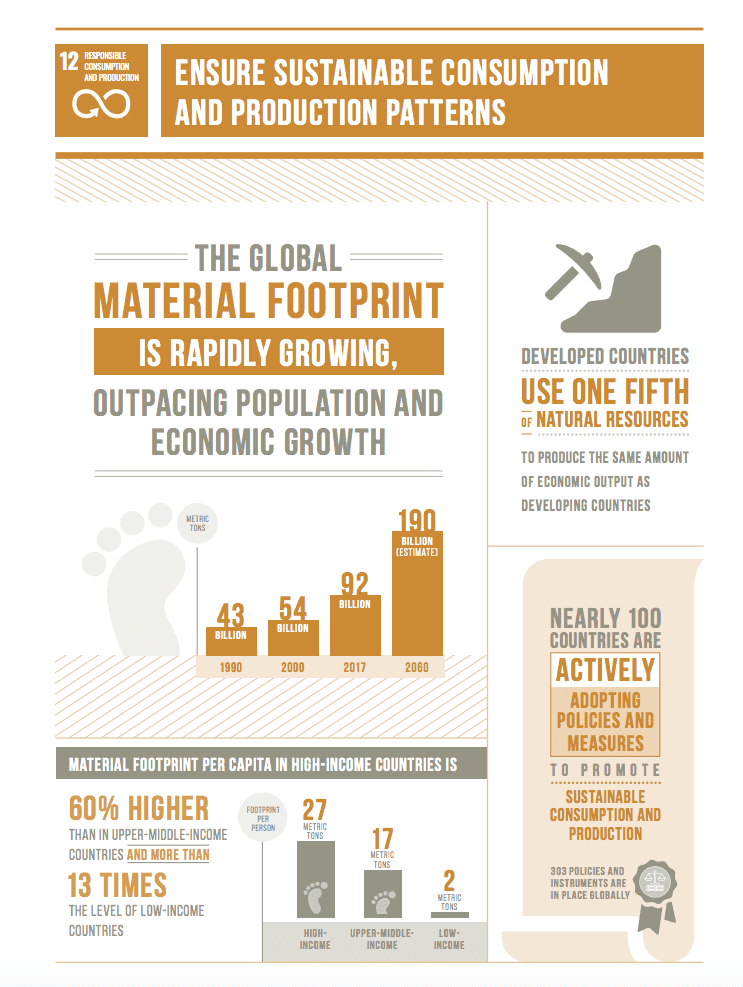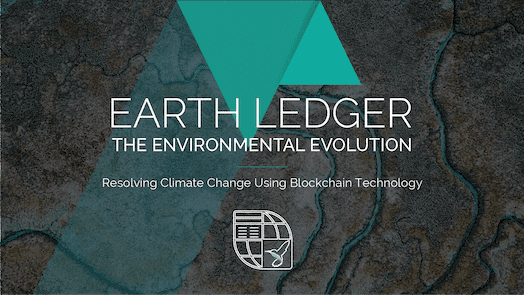Your closet. Your desk. Your drawers. Your private spaces never to be seen by guests or colleagues. These are the areas where we accumulate stuff. And they are where each one of us needs to start, if we are to reduce the impact of global consumption on the planet.
Clothes, food and other objects we acquire are expected to meet our needs and wants and reserves for the future. But today, the way we purchase, organize and discard items is more blind consumption of a growing supply of manufactured goods.
Consumers make buying decisions based on the value they attribute to items. Some may ponder the origin of what they are buying (and whether it was made with fair and sustainable practices), and have planned the time they will keep them for and then discard them. In the meantime, objects are organized in plain sight or stored in stalls, cabinets, refrigerators, and any other nook or cranny.
Consumption and the world
Consumer behaviour does, of course, differ even within a country, especially the ones that are most unequal. There is a wide gap in levels of consumption and ownership within countries, across regions and continents. This inequality leads to more than just differences in consumption and wealth distribution. It affects access to healthcare, education, nutrition, employment, financial and technological platforms; it exacerbates poverty, exclusion and violence.
Latin America is the most unequal region in the world. Guatemala has been called an unequal paradise. To bridge the gap, some suggest tax reform to eliminate the heavy dependency on consumption taxes – which disproportionality affect lower and middle-class families – reorienting policy to address tax loopholes in different industries.
By 2030 – the deadline to reach the UN Sustainable Development Goals (SDGs) – annual consumption will double to $8.2 trillion in China and $6 trillion in India. Today, consumption expenditure represents 60% of global GDP. In the United States alone, consumption totals $16 trillion, and people are actually consuming less responsibly today than they were five years ago.
These staggering levels of consumption have a major impact on the environment and biodiversity. Consumer spending drives natural extraction and production output, with an impact on water, energy and land use.
In 1990 some 8.1 tonnes of natural resources were used to satisfy a person’s need, while in 2015, almost 12 tonnes of resources were extracted per person. This will affect our ability to meet SDG 12 – ensuring sustainable consumption and production patterns – and the goals of the Paris Agreement to reduce emissions and limit global temperature rise.
But here is the problem: consumption and production are considered distant and broad concepts that are somehow unattached from us. They are referenced as responsible for climate change. When in reality, we are the ones consuming goods, and even in some cases, managing production companies. We have turned this into the Anthropocene era.

Consumption and us
Consumption is not solely the action of purchasing. It is understanding, acknowledging and consenting to the product’s behind-the-scenes practices, either willingly or without much, if any, thought. It is the action of using products for their entire lifetime, and the way you eventually dispose of, or transform them.
But, is our economy really driven by consumers? It seems we are being offered and supplied more and more goods that we do not need, but are incentivized to want. An exaggerated amount of manufactured goods are put on display in front of us, the production of which is using up the earth’s limited natural resources.
The claim that there won’t be enough food for the growing population is especially troubling, since 1.3 billion tonnes of food produced for human consumption are lost or wasted annually. At the same time vast swathes of precious forest are cleared to make space for farming to produce yet more food.
So what can we, as consumers, do, instead of feeling powerless and distraught? Dr. Jane Goodall gives us a hint: “Each and every one of us of us must do our part in creating a better world, for though the small choices we make each day – what we buy, what we eat, what we wear – may seem insignificant, the cumulative effect of billions of people making ethical choices, will start to heal the natural world”.
Or simply, as David Nabarro puts it, “respect nature, and the interconnectedness of everything that matters for humanity”.

Consumption and you
Your closet. Your desk. Your drawers. Your bins. Take a closer look at your spaces. Can you name exactly what and how much is inside them? Take a tip from Marie Kondo, and take it all out. Keep what brings you joy and let go of what doesn’t. Recycle your unwanted items and make sure you know where they will go and what they will be transformed into.
Look at what you had accumulated and hidden. It’s clearly unsustainable – not only clothes, but also an abundance of plastic, cardboard, paper in every room. It is that moment of realization of having too much, that triggers an “enough” reaction: not one more plastic bag can enter the household. You will be busy for a long time putting all that plastic to good use, or disposing of it appropriately.
8.3 billion tonnes of plastic have been produced in the last 70 years, and half of it in the last 13 years. But with a few small and tangible steps, such as facing your daunting levels consumption and dedicating time to organizing your home and office, you can make a difference. You just need commitment and creativity to better your lifestyle and legacy.
You are the missing piece in the consumption puzzle. Your voice and actions will build the bridge to greater inclusion, human rights, availability and access to sustainable consumption and production patterns, translating into conservationof the environment and biodiversity. You see, it is our business.








